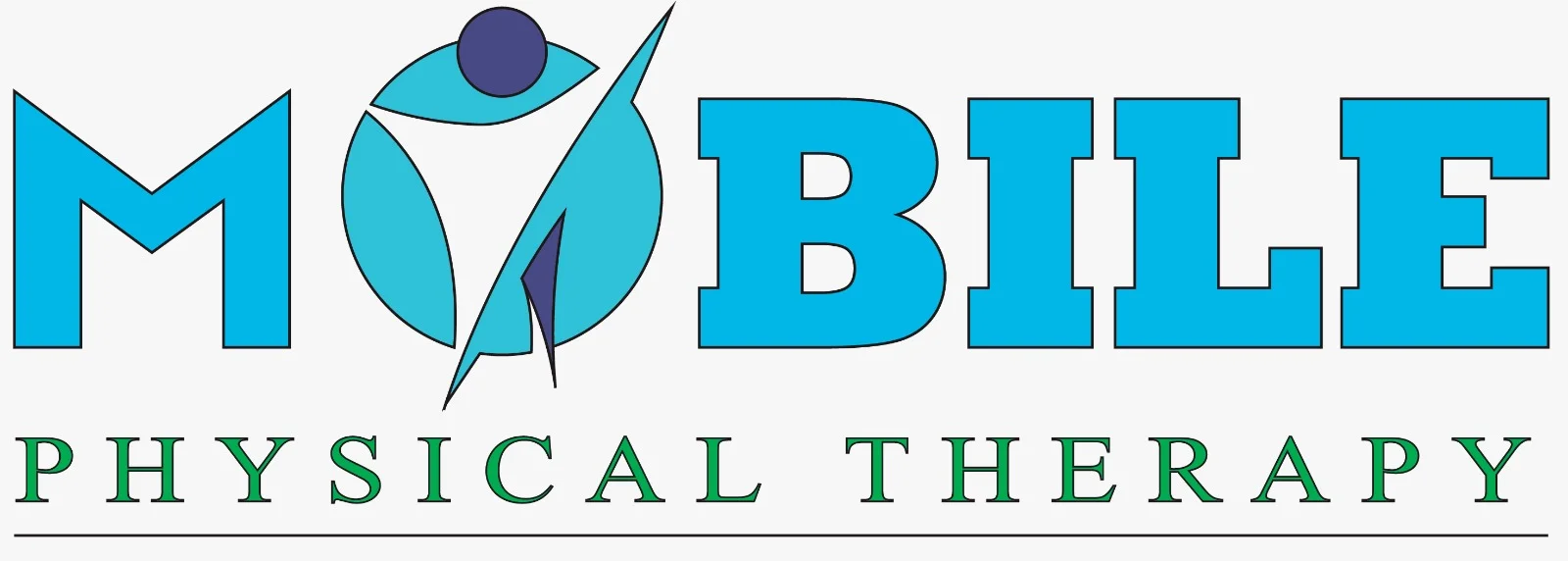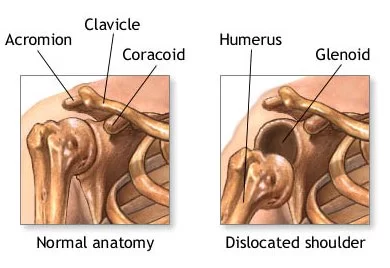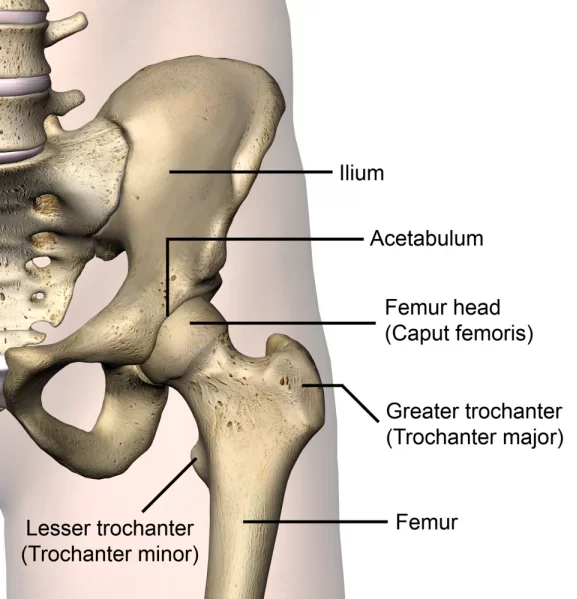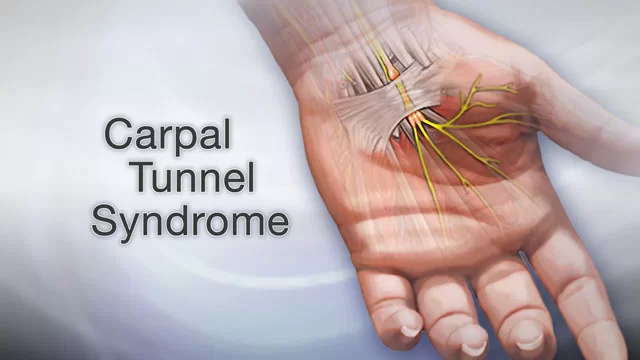Spondylolisthesis
Spondylolisthesis And Physiotherapy Management : Spondylolisthesis is a spine condition in which one of the bones of the spinal-vertebrae slips out of place onto the vertebra below it. If it slips too much, the bone might press on a nerve, causing pain. Usually, the bones of the lower back are affected. This word arise from…









